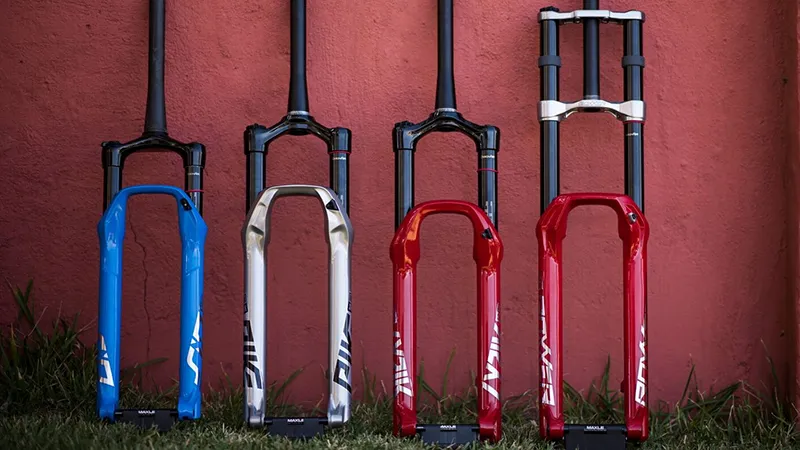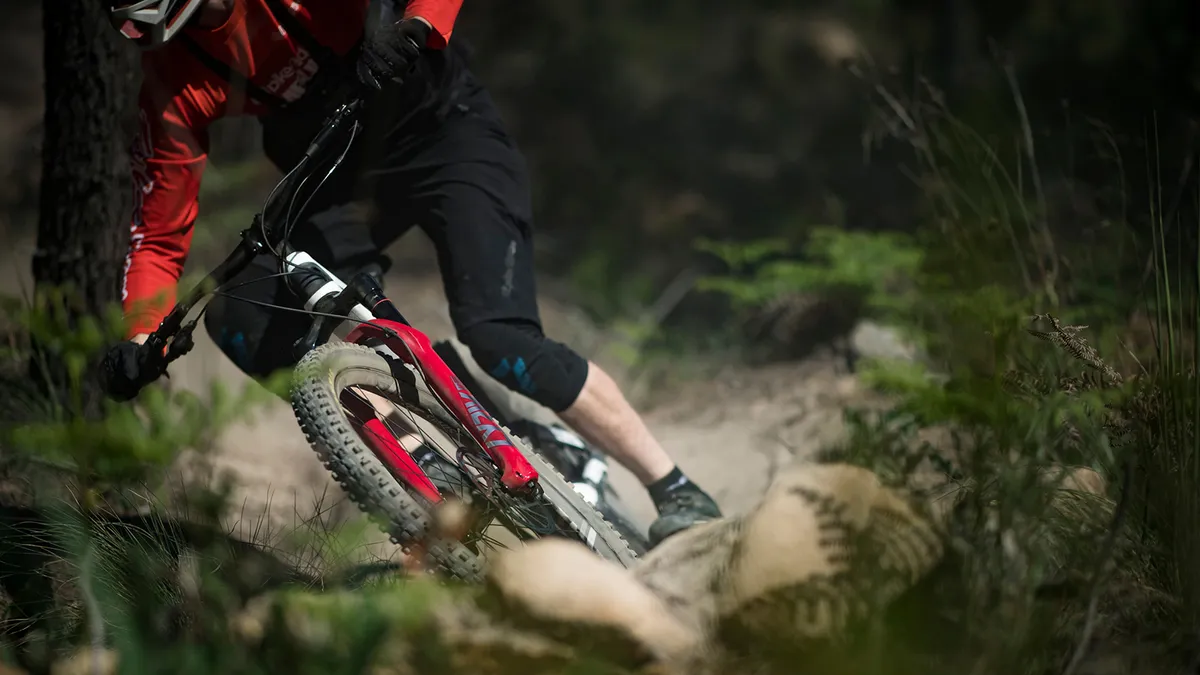Continuing in the tradition of releasing next year’s products earlier every year, RockShox has just unveiled its 2020 model year forks and shocks.
You may have spotted some of these on pro racer’s bikes in the first few races of the season, but now we can reveal all the juicy details.
You can also read how the 2020 Lyrik Ultimate compares to its 2019 counterpart on the trail here.
- How to set up your mountain bike suspension: video guides to help you get the most from your bike
- The ultimate guide to mountain bike rear suspension systems
Select, Select+ and Ultimate models
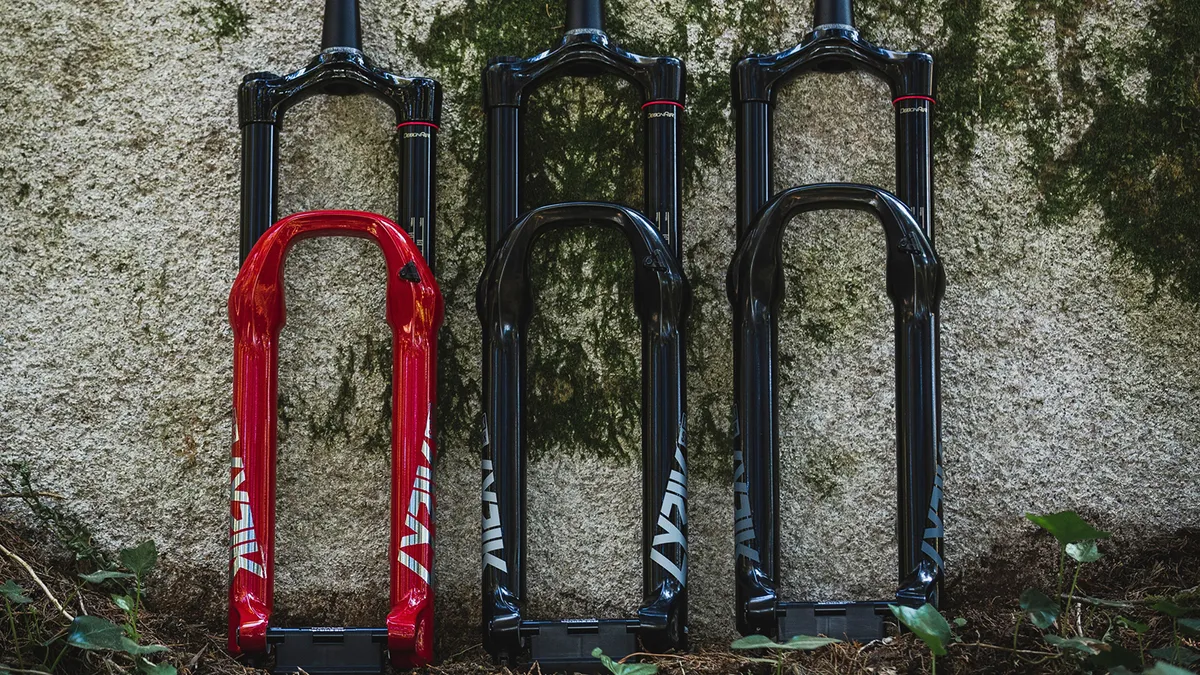
The most obvious change is the introduction of a new naming structure across all RoxkShox high-end forks and shocks.
RockShox calls its all-singing all-dancing offerings “Ultimate” or “Signature Series”; the next tier down is “Select+” and the cheapest models are simply named “Select”.
This naming structure is shared across Boxxer, Lyrik, Pike and Sid platforms and indicates the price/quality of the internals. This is designed to be less confusing than the old system, where each fork model was referred to by its damping adjustments alone, e.g. RC, RT3, RC2 etc.
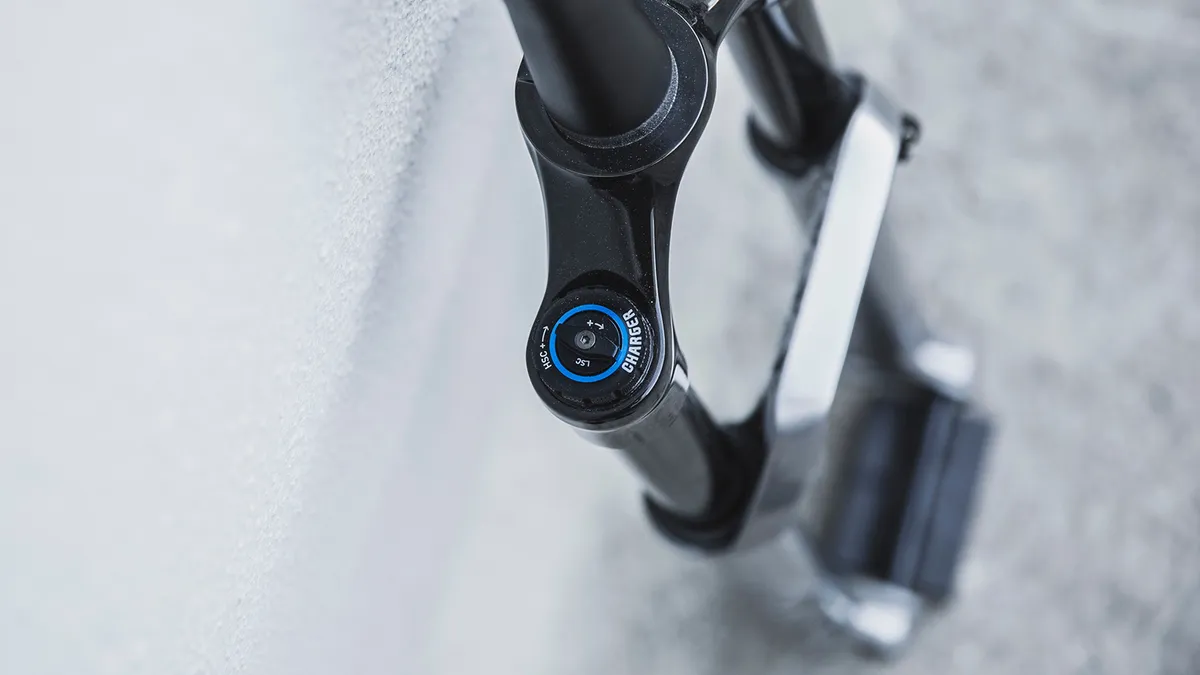
Some forks have multiple damping options within a given price point. For example, the Pike Ultimate is now available with an RC2 damper (high- and low-speed compression damping adjustment) or an RCT3 damper (low-speed compression adjustment and a lockout) for the same price.
New Charger 2.1 damper
Select+ and Ultimate models of Pike, Lyrik and Boxxer feature an updated version of the Charger 2, which is imaginatively named Charger 2.1.
This new damper will be available in RC2 or RCT3 varieties in Ultimate-level forks and RC (low-speed compression only) in Select+ forks. Meanwhile, Select models will use a cheaper version of the Charger damper which uses an IFP instead of a bladder, which RockShox is calling simply “Charger”.
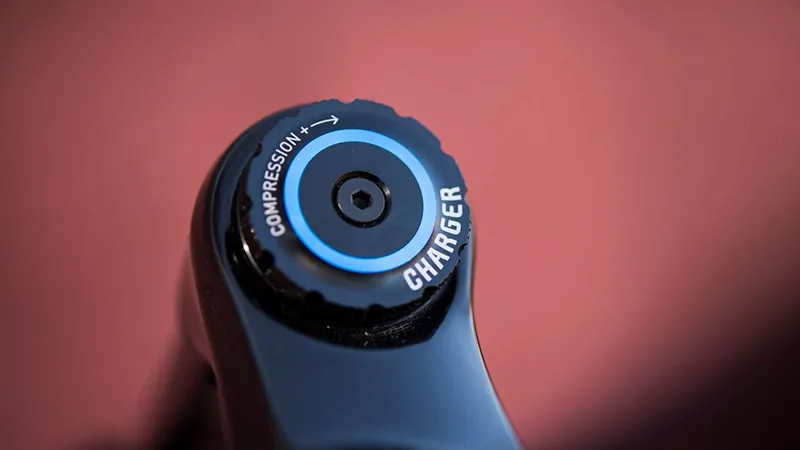
The updates to Charger 2.1 include:
1: A new high-speed shim stack (which controls most of the oil flow at high shaft speeds, such as when hitting a bump hard), designed to offer more comfortable high-speed damping at the more open end of the scale. Fully open on the old high-speed adjuster is said to correspond to two to three clicks from fully open on the new RC2 damper.
2: A reshaped low-speed compression rod valve (which controls most of the oil flow under slower shaft velocities, such as when pushing onto the fork) is designed to offer more low-speed support.
3: A new SKF rod seal (which sits at the base of the damper and keeps damping oil inside it) is claimed to reduce friction by 30 percent compared to the old seal.
4: A new wear band around the main piston is said to prevent any unwanted oil flow escaping past the piston during rebound. This is claimed to allow for a more controlled rebound feel at very low shaft velocities, which should reduce the tendency for the fork to over-shoot past the sag-point when rebounding from deep in the travel.

Reduced friction
To improve sensitivity, traction and comfort in its forks, RockShox has taken several measures to reduce the amount of force needed to get the fork moving through its travel.
This includes a change to Maxima Plush damping fluid in all 2020 dampers. This is said to reduce friction inside the damper seals. It can also be fitted to older dampers when servicing.
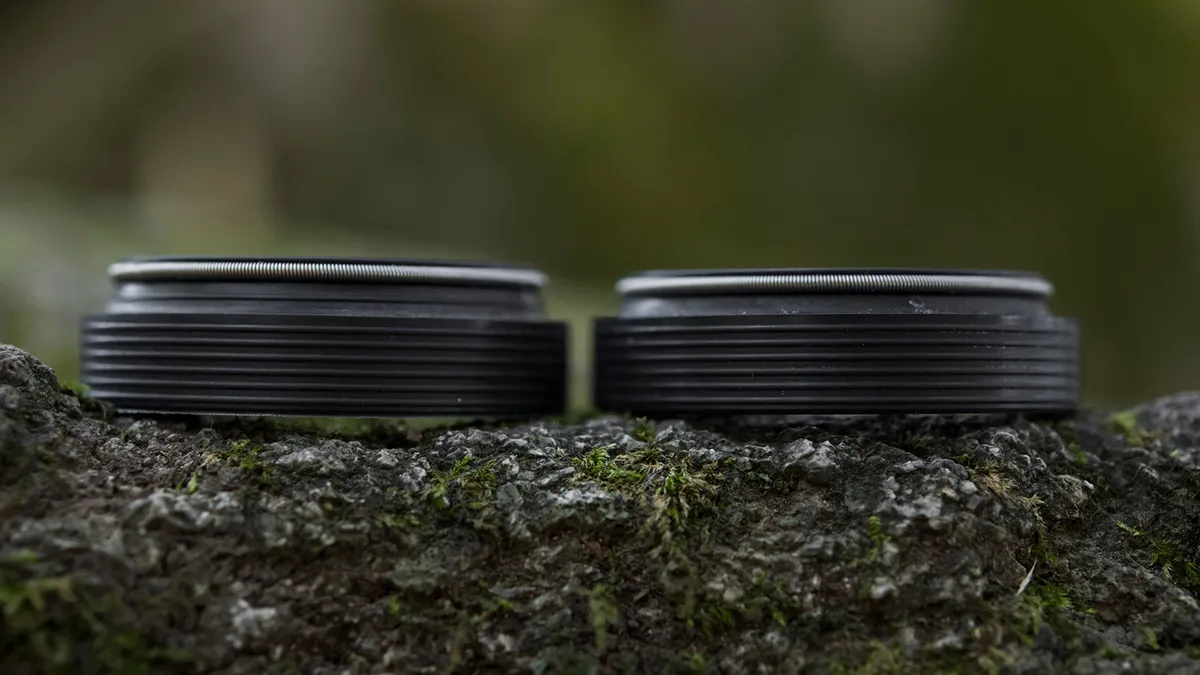
Select+ and Ultimate forks also get new SKF wiper seals, which are claimed to reduce friction without letting in any more dirt or water from the outside world, thanks to a redesigned shape and rubber compound. Again, these seals can be fitted to any 35mm RockShox fork (including Yari and Revelation) when the fork is serviced.
RockShox 2020 pricing
Select+ models will, for now, only be available on complete bikes and aren’t sold aftermarket. Select and Ultimate forks are available to buy now, priced as below:
ArrayAftermarket upgrades
The Charger 2.1 damper is also available as an aftermarket upgrade for Lyrik (2016+) and Boxxer (2019+) forks. The RCT3 version will fit 2014+ Pike, while the RC2 damper is available for MY 2018+ Pike.
The Charger 2.1 damper costs from £250 / €280 / $250 (cost varies by fork and damper model).
Rear shock updates
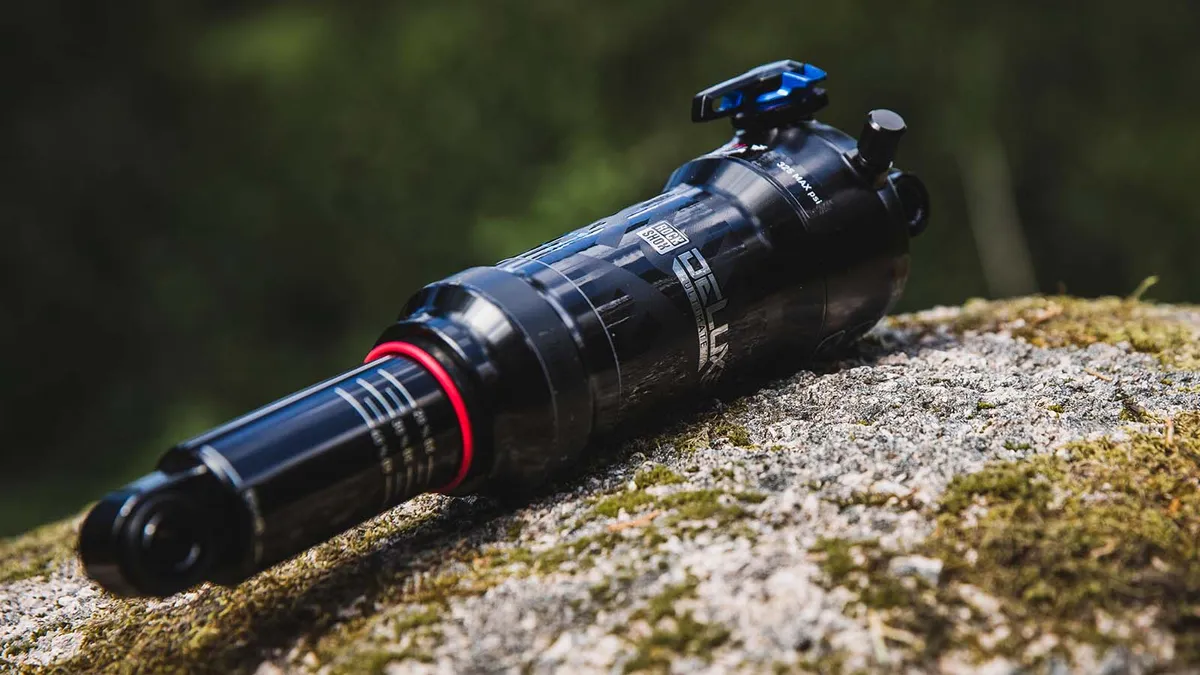
The Utimate, Select+ and Select naming hierarchy applies to rear shocks too, replacing the more confusing naming structure based on damping adjustments (R, RT, RT3…).
But the most significant update to the rear shocks line-up is the introduction of a whole new shock: the Deluxe Ultimate.
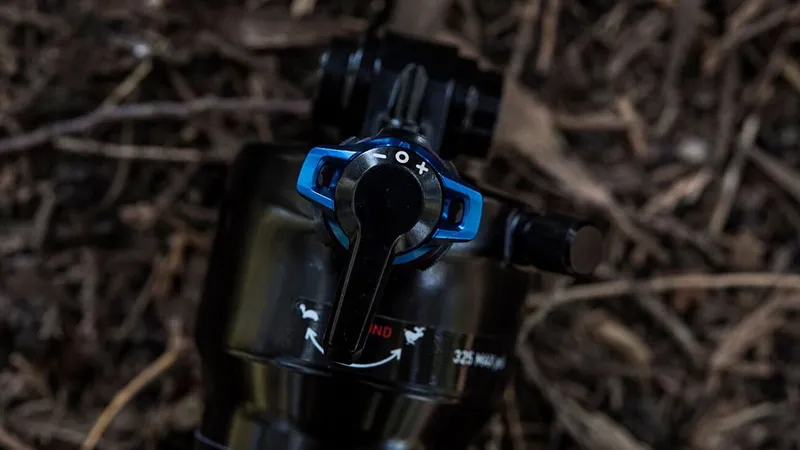
Like existing Deluxe shocks, it’s an inline shock (there’s no external piggyback reservoir and all the damping is controlled through the main piston inside the damper shaft), but the damping architecture is quite different.
Externally, there’s a low-speed rebound dial and two-position lockout lever, along with a three-position low-speed compression adjuster. This fine-tunes the compression damping of the open mode in a conceptually similar way to Fox’s DPS shocks.
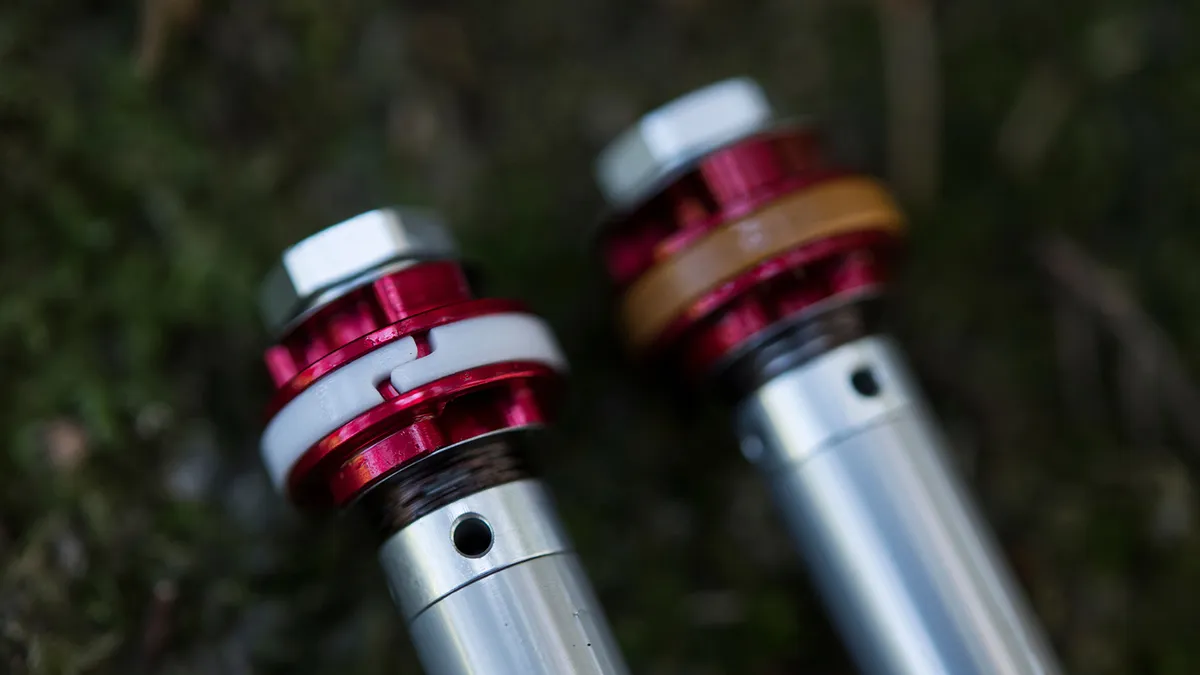
Internally, those compression and rebound adjusters set the position of a rod valve, which in turn determines how easily oil can flow past them at low shaft speeds.
So far, so normal. But, unusually, after the oil flows past the rod valve it pushes up against a low-speed shim stack on both compression and rebound. This, according to RockShox, allows the oil flow to be carefully controlled at very low shaft speeds to resist bobbing or wallowing movement due to rider inputs.
There are separate shim stacks to control high-speed oil flow (which open at higher shaft speeds, such as when hitting a large bump), through a parallel oil path to the low-speed shims. In addition, there’s a lockout plate on the compression side of the piston to minimise oil flow through both ports when the lockout lever is engaged.
MegNeg
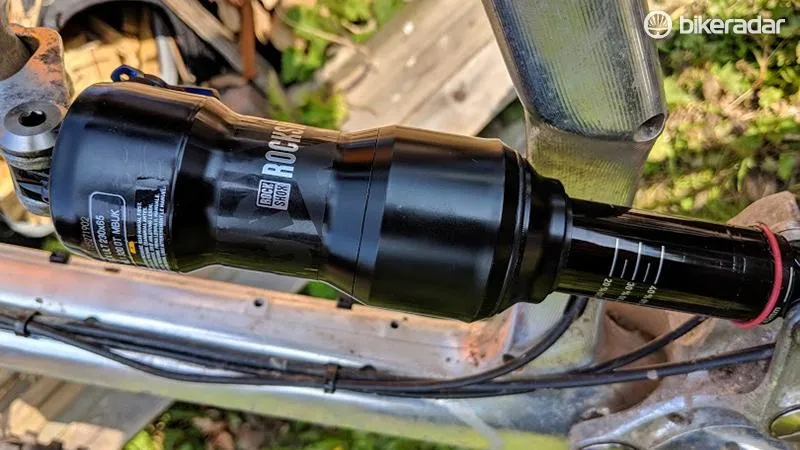
Also new is this air can upgrade, which fits all Deluxe and SuperDeluxe rear shocks. It provides up to 211 percent of the negative volume of a standard DebonAir can. In basic terms, this is designed to make the spring softer before sag and firmer after sag.
This should allow frames which lack mid-stroke support and beginning-stroke sensitivity to achieve a substantially more progressive spring curve right the way through the travel.
The volume of the negative spring can be reduced with up to four volume spacers (which are the same “bottomless bands” used to adjust the positive volume of RockShox Monarch shocks) to tone-down the effect.
- £90 / €100 / $90

